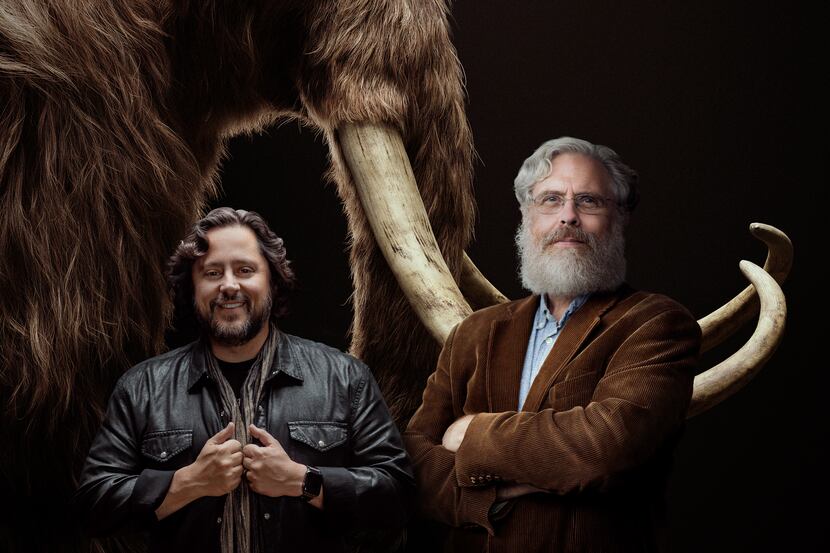Dallas serial tech entrepreneur Ben Lamm has never been one to shy away from a challenge — even a colossal one.
By the age of 39, he had created five companies, many of which were acquired for sums he won’t talk about. He transitioned from mobile software development to immersive game development to artificial intelligence products.
But none of that comes close to Lamm’s newest and most adventurous endeavor yet.
Lamm wants to bring woolly mammoths back to the Arctic tundra and is launching a new bioscience and genetics business, Colossal, to bring the dream to life.
He’s starting out with $15 million in seed funding that will help harness genetic technology to create a model for de-extinction with the goal of restoring degraded ecosystems.
And he’s teaming with one of genome sequencing’s leading pioneers, Harvard geneticist George Church. Colossal will support research at Church’s Harvard Medical School lab as part of a sponsored research agreement to create an elephant-mammoth hybrid genetically engineered to survive in the Arctic.
“Never before has humanity been able to harness the power of this technology to rebuild ecosystems, heal our Earth and preserve its future through the repopulation of extinct animals,” said Lamm, who will serve as Colossal’s CEO.
The company plans to use CRISPR, a gene-editing technology, to alter the genes of Asian elephants, the closest genetic relative to the extinct woolly mammoth. Scientists identified more than 60 genes needed to create a functional woolly mammoth.
After creating embryos with woolly mammoth traits, the company will have to decide where to grow them: either in an elephant or, potentially, an artificial womb, Lamm said.
He hopes to see the first set of calves within four to six years.
The engineered calves won’t be identical to the woolly mammoth that went extinct about 10,000 years ago. But they should have traits that made the woolly mammoth successful in the Arctic tundra, like thicker layers of fat and coarse, shaggy coats.
Colossal’s goals places it on the cutting edge of genetic engineering research. Luckily, it’s a place where Church is comfortable.
The geneticist developed the first direct genomic sequencing method, and he helped initiate the 1984 Human Genome Project, an international research project to determine the DNA sequence of the entire human genome. He is a founding member of Harvard’s Wyss Institute, where he leads synthetic biology.
Backing Colossal is a team of high-profile investors, including lead investor and billionaire Thomas Tull, Jeff Wilke, former chief executive of Amazon’s worldwide consumer business, and Winklevoss Capital, the firm created by the Winklevoss twins, who are best known for their highly public battle over Facebook’s founding.
The company’s hardware, genetic rescue and species restoration departments are in Dallas, while its core software is in Austin.
Lamm said his new undertaking is “a new wave of thoughtful disruptive conservation” that aims to combat climate change and loss of biodiversity. One-third of all plant and animal species could face extinction by 2070, according to one 2020 study.
“Technologies discovered in pursuit of this grand vision — a living, walking proxy of a woolly mammoth — could create very significant opportunities in conservation and beyond,” Church said. “Not least of which include inspiring public interest in STEM, prompting timely discussions in bioethics and raising awareness of the vital importance of biodiversity.”
As they tread into the controversial world of cloning and gene editing, the Colossal co-founders said they’re working with bioethicists to ensure their work is beneficial to the environment.
The company is only working on the woolly mammoth right now, Lamm said.
“I think any time you invent new tech or push forward humanity, you’ll get some friction,” he said. “What we’re focusing on is not just the science. We want to bring humanity with us on this journey.”

